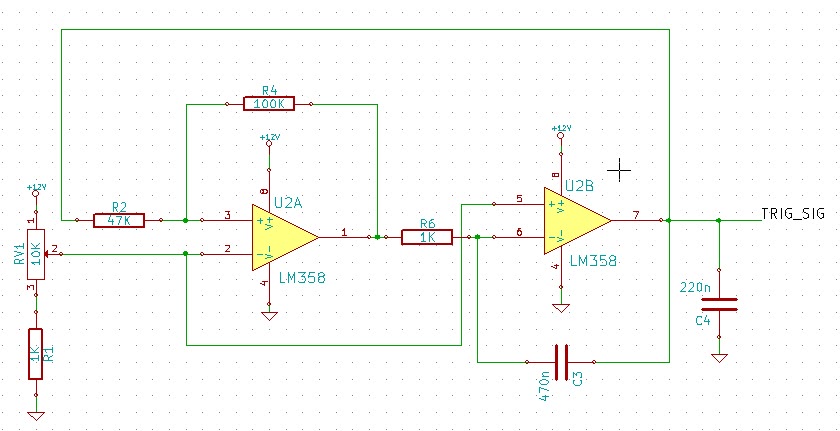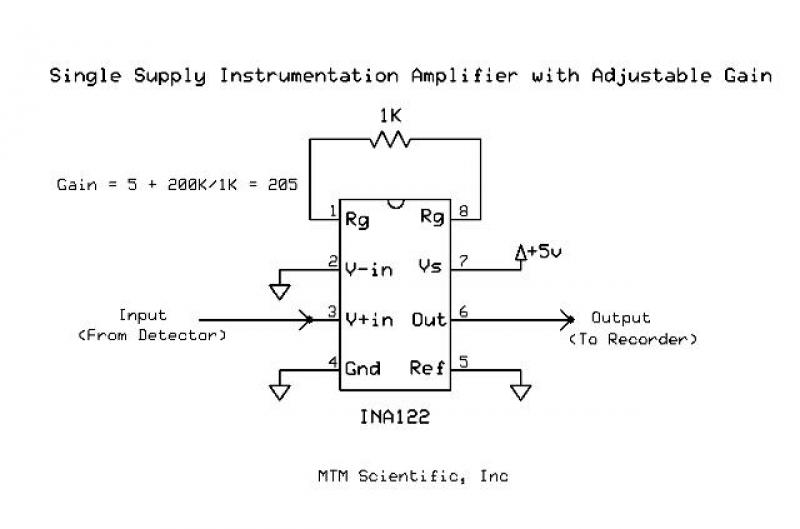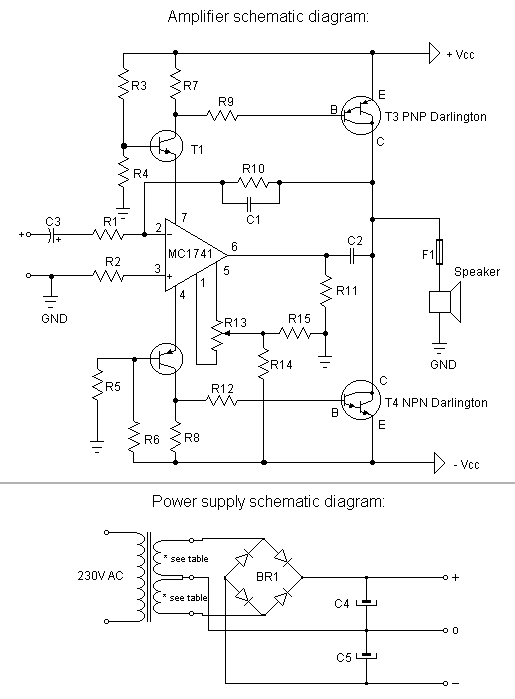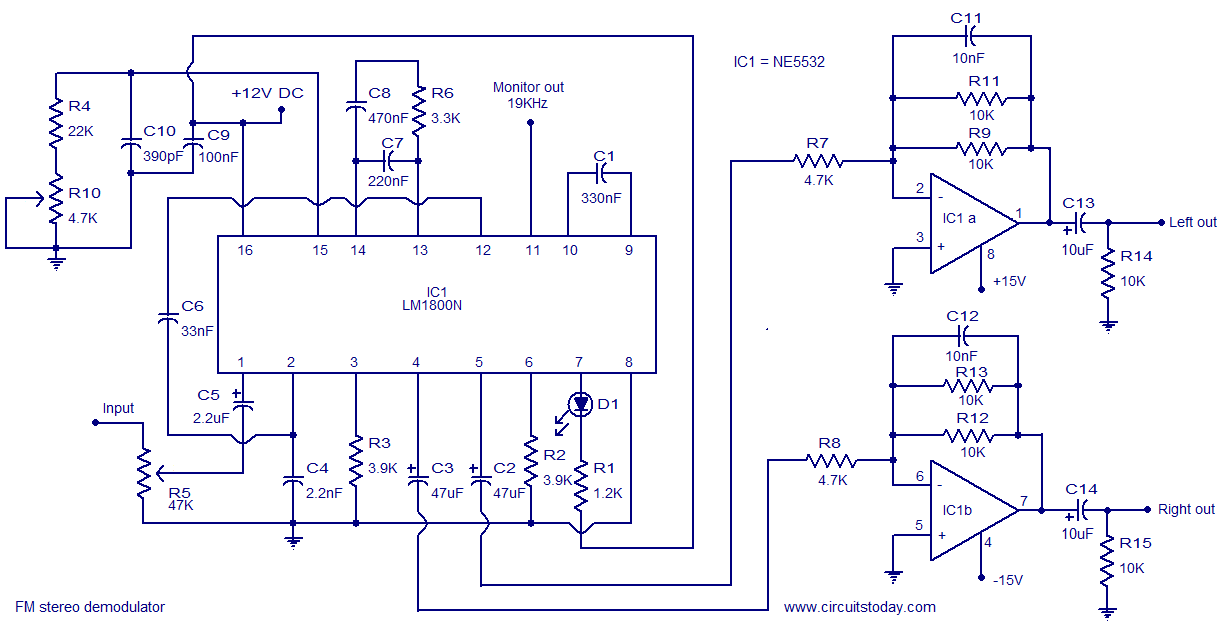
Electric shaver motor drive circuit
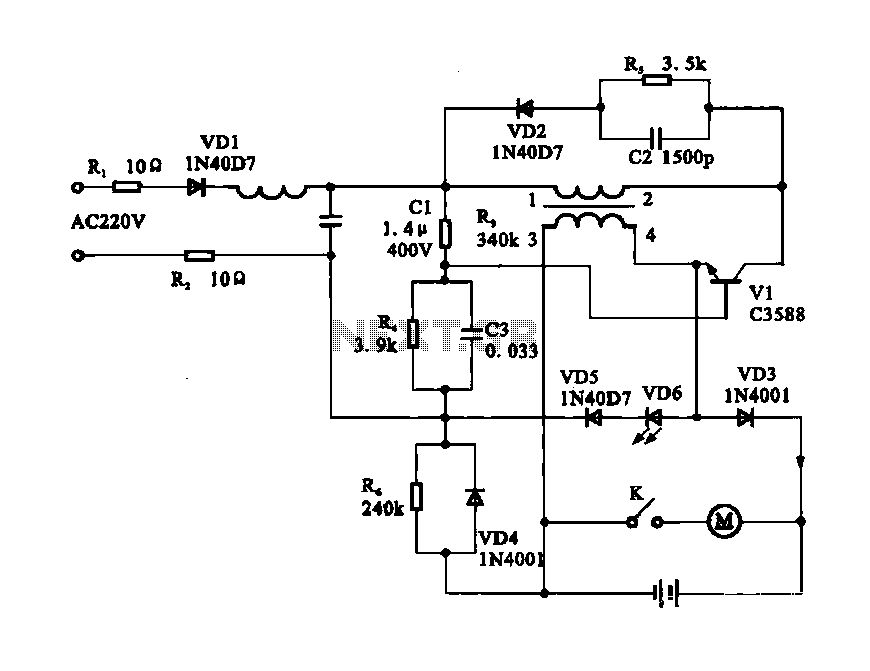
Electric shaver motor drive circuit. It illustrates a typical motor drive circuit for an electric shaver. AC 220V is used to charge the battery through the charging circuit, which also provides power to the motor. After activating the charge-on switch K, the motor can operate.
The electric shaver motor drive circuit is designed to efficiently manage the charging and operation of the motor using an AC voltage of 220V. The circuit typically includes a rectifier to convert the AC input into a DC voltage suitable for battery charging. This rectified voltage is then regulated to ensure that the battery receives a stable and appropriate charging current, preventing overcharging and extending battery life.
The inclusion of a charge-on switch (K) allows the user to control the activation of the motor. When the switch is closed, it completes the circuit, enabling the power supply to the motor. The motor is often equipped with a controller or driver circuit to manage its speed and torque, ensuring optimal performance during operation.
Additional components may include fuses for overcurrent protection, capacitors for filtering and smoothing the power supply, and diodes for preventing back EMF generated by the motor from damaging the circuit. The design may also incorporate a thermal cutoff switch to protect against overheating, ensuring safety during prolonged use.
Overall, this circuit design emphasizes reliability and user control, making it suitable for use in consumer electric shavers, where performance and safety are paramount.Electric shaver motor drive circuit It shows a typical motor drive circuit of an electric shaver. AC 220V to charge the battery through the charging circuit, but also for the m otor power supply. After the charge-on switch K, the motor can work.
The electric shaver motor drive circuit is designed to efficiently manage the charging and operation of the motor using an AC voltage of 220V. The circuit typically includes a rectifier to convert the AC input into a DC voltage suitable for battery charging. This rectified voltage is then regulated to ensure that the battery receives a stable and appropriate charging current, preventing overcharging and extending battery life.
The inclusion of a charge-on switch (K) allows the user to control the activation of the motor. When the switch is closed, it completes the circuit, enabling the power supply to the motor. The motor is often equipped with a controller or driver circuit to manage its speed and torque, ensuring optimal performance during operation.
Additional components may include fuses for overcurrent protection, capacitors for filtering and smoothing the power supply, and diodes for preventing back EMF generated by the motor from damaging the circuit. The design may also incorporate a thermal cutoff switch to protect against overheating, ensuring safety during prolonged use.
Overall, this circuit design emphasizes reliability and user control, making it suitable for use in consumer electric shavers, where performance and safety are paramount.Electric shaver motor drive circuit It shows a typical motor drive circuit of an electric shaver. AC 220V to charge the battery through the charging circuit, but also for the m otor power supply. After the charge-on switch K, the motor can work.

